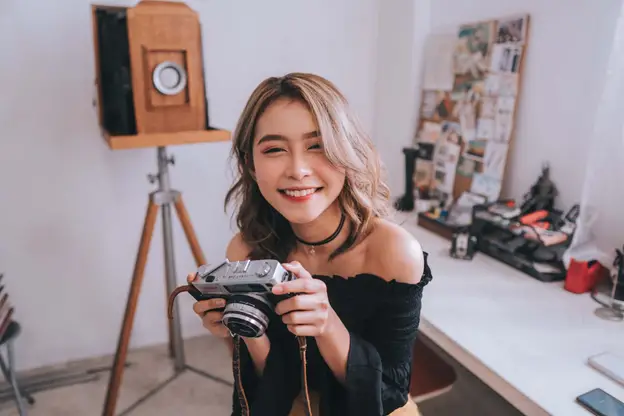Photography is an incredibly rewarding hobby or career, but when you are first starting out, it can be a little frustrating as your photos don’t come out anything as you hope. Good photography skills take a lot of practice, but the results can be incredible for those with the confidence and courage to experiment and try out different things. With so many different photography tutorials and courses available online, it can be difficult to know which are worth listening to.
For all the photographers helping to hone their skills, here are the best tips and tricks from the pros to help you improve your photography.
1. Experiment with the Camera Settings
Getting to know all the settings on your camera to test out what it can do firsthand is key. Reading the manual should always be your first move, and as you may not have a clear idea about the meaning of all those industry-specific words, having a plain-language glossary of photography and camera terms can help tremendously in understanding them.
Having a good understanding of what your lens can do will also help you figure out the types of pictures that are best suited for you to shoot. Beginning with a focal length calculator is the best way to determine the lens you should use when setting up a particular shot. Take into account the basics of exposures when learning the fundamentals of photography – shutter speed, aperture, and ISO, since these settings are always key.
2. Focus on the Lighting of your Photo
Great photography is all about the magnificent world of lights and shadows, and you have to make use of both for a great photo. The experts at Photography-Lighting.com explain how your subject is illuminated crucial for creating the right mood, and using the right kind of lighting techniques will make a huge difference. Consider investing in a broad light source if you are a portrait shooter, and learn how to use it illuminates your subject evenly and naturally. Furthermore, take advantage of front-lighting to cover-up any blemishes on your subject to help them look their best.
For landscape photography, you will want side-lighting to emphasize the different textures of your subject. Being playful with shadows is definitely a plus when looking to add a 3D effect to your photos, and do not forget to keep the color temperature of the scene in mind.
3. Check the Composition of your Photo
Eye-catching pictures are created with the right balance between everything in the frames, and in order to improve your photos, you need to be more calculated in the way that you compose your shots. By taking advantage of one of the most effective rules of composition, the “Rule of Thirds”, you will be able to create a “wow” factor in your photos. In a nutshell, try to divide the frame into three rows and three columns, then assess where the most important parts of your photos are; these should then be placed near the points where the lines intersect.
This will ensure that the essential details in your pictures stand out while still showing off just the right amount of background. In situations where it is hard to better position yourself or the subject, just crop the image and apply this rule afterward.
4. Pay Attention to Post-Production and Experiment with Different Editing Programs
Whether you are shooting film or digital, post-production is absolutely vital for great photos. With film, the negative or slide needs to be developed and scanned for you to get a clear idea of what the final result might look like, whilst a digital file (usually RAW) needs to be edited accordingly due to its lack-of-contrast and flat nature. Learning the fundamentals of editing will take your photography to the next level. There are many great editing programs out there that will help you do the job like a professional and which enables you to get used to the basics first before moving on to more complex editing jobs.
Whilst you can learn all the technical photography terms and techniques to get the optimal shots that you want, the ultimate way to improve your photography is to practice. It all depends on your experimentation, how you play around and find your own style – since it is imagination and individuality that counts. Always have the courage to try new things in order to create images that are unique to you. Learn from the experts and try experimenting with what works for them. Start with the tips and tricks in this guide, and they will enable you to get the most out of your gear and create incredible photos.

